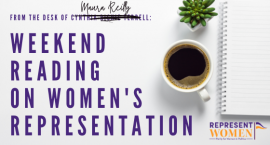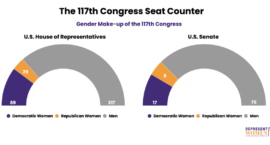Weekend Reading for Women’s Representation is a compilation of stories about women’s representation.
This week: Olympic gender parity does not mean equity; women Olympians give support to social and political movements; what it’s like to be a mother and an Olympian; how to shift power to women, people of color, and younger people; and more!












